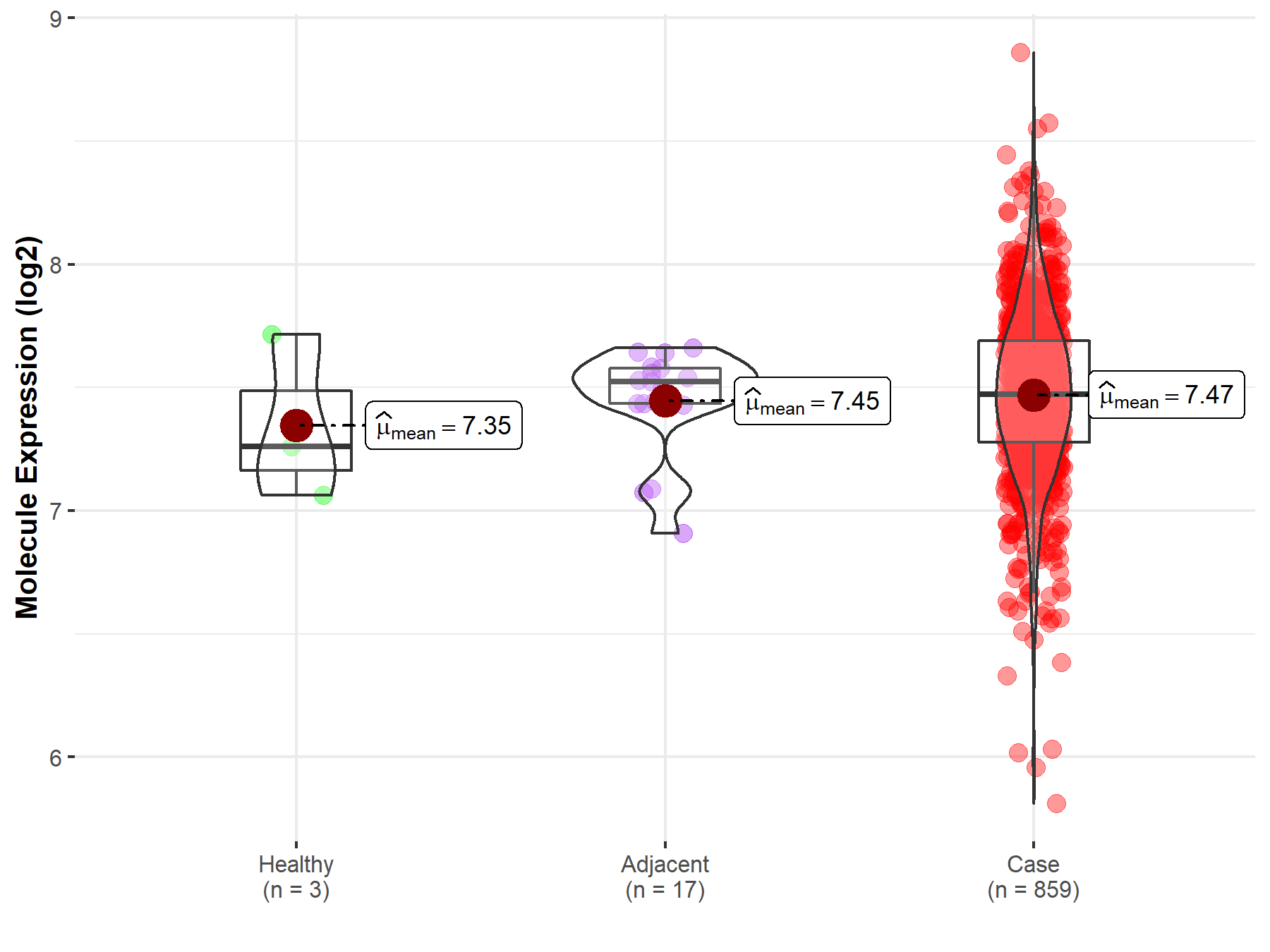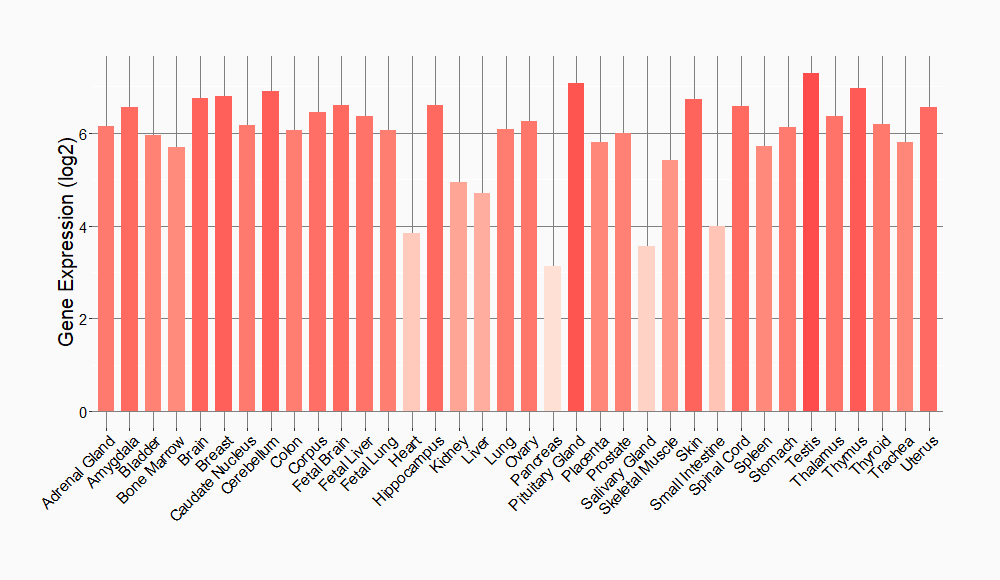Molecule Information
General Information of the Molecule (ID: Mol00066)
| Name |
General transcription and DNA repair factor IIH helicase subunit XPB (ERCC3)
,Homo sapiens
|
||||
|---|---|---|---|---|---|
| Synonyms |
TFIIH subunit XPB; Basic transcription factor 2 89 kDa subunit; BTF2 p89; DNA excision repair protein ERCC-3; DNA repair protein complementing XP-B cells; TFIIH basal transcription factor complex 89 kDa subunit; TFIIH 89 kDa subunit; TFIIH p89; Xeroderma pigmentosum group B-complementing protein; XPB; XPBC
Click to Show/Hide
|
||||
| Molecule Type |
Protein
|
||||
| Gene Name |
ERCC3
|
||||
| Gene ID | |||||
| Location |
chr2:127257290-127294166[-]
|
||||
| Sequence |
MGKRDRADRDKKKSRKRHYEDEEDDEEDAPGNDPQEAVPSAAGKQVDESGTKVDEYGAKD
YRLQMPLKDDHTSRPLWVAPDGHIFLEAFSPVYKYAQDFLVAIAEPVCRPTHVHEYKLTA YSLYAAVSVGLQTSDITEYLRKLSKTGVPDGIMQFIKLCTVSYGKVKLVLKHNRYFVESC HPDVIQHLLQDPVIRECRLRNSEGEATELITETFTSKSAISKTAESSGGPSTSRVTDPQG KSDIPMDLFDFYEQMDKDEEEEEETQTVSFEVKQEMIEELQKRCIHLEYPLLAEYDFRND SVNPDINIDLKPTAVLRPYQEKSLRKMFGNGRARSGVIVLPCGAGKSLVGVTAACTVRKR CLVLGNSAVSVEQWKAQFKMWSTIDDSQICRFTSDAKDKPIGCSVAISTYSMLGHTTKRS WEAERVMEWLKTQEWGLMILDEVHTIPAKMFRRVLTIVQAHCKLGLTATLVREDDKIVDL NFLIGPKLYEANWMELQNNGYIAKVQCAEVWCPMSPEFYREYVAIKTKKRILLYTMNPNK FRACQFLIKFHERRNDKIIVFADNVFALKEYAIRLNKPYIYGPTSQGERMQILQNFKHNP KINTIFISKVGDTSFDLPEANVLIQISSHGGSRRQEAQRLGRVLRAKKGMVAEEYNAFFY SLVSQDTQEMAYSTKRQRFLVDQGYSFKVITKLAGMEEEDLAFSTKEEQQQLLQKVLAAT DLDAEEEVVAGEFGSRSSQASRRFGTMSSMSGADDTVYMEYHSSRSKAPSKHVHPLFKRF RK Click to Show/Hide
|
||||
| Function |
ATP-dependent 3'-5' DNA helicase, component of the general transcription and DNA repair factor IIH (TFIIH) core complex, which is involved in general and transcription-coupled nucleotide excision repair (NER) of damaged DNA and, when complexed to CAK, in RNA transcription by RNA polymerase II. In NER, TFIIH acts by opening DNA around the lesion to allow the excision of the damaged oligonucleotide and its replacement by a new DNA fragment. The ATPase activity of XPB/ERCC3, but not its helicase activity, is required for DNA opening. In transcription, TFIIH has an essential role in transcription initiation. When the pre-initiation complex (PIC) has been established, TFIIH is required for promoter opening and promoter escape. The ATP-dependent helicase activity of XPB/ERCC3 is required for promoter opening and promoter escape. Phosphorylation of the C-terminal tail (CTD) of the largest subunit of RNA polymerase II by the kinase module CAK controls the initiation of transcription.
Click to Show/Hide
|
||||
| Uniprot ID | |||||
| Ensembl ID | |||||
| HGNC ID | |||||
| Click to Show/Hide the Complete Species Lineage | |||||
Type(s) of Resistant Mechanism of This Molecule
Drug Resistance Data Categorized by Drug
Approved Drug(s)
1 drug(s) in total
| Drug Resistance Data Categorized by Their Corresponding Mechanisms | ||||
|
|
||||
| Disease Class: Gastric cancer | [1] | |||
| Resistant Disease | Gastric cancer [ICD-11: 2B72.1] | |||
| Resistant Drug | Cisplatin | |||
| Molecule Alteration | Expression | Up-regulation |
||
| Experimental Note | Revealed Based on the Cell Line Data | |||
| Cell Pathway Regulation | NER signaling pathway | Activation | hsa03420 | |
| In Vitro Model | SGC7901 cells | Gastric | Homo sapiens (Human) | CVCL_0520 |
| Experiment for Molecule Alteration |
Western blot analysis; RT-qPCR | |||
| Experiment for Drug Resistance |
MTT assay | |||
| Mechanism Description | microRNA-200c reverses drug resistance of human gastric cancer cells by targeting regulation of the NER-ERCC3/4 pathway. | |||
Disease- and Tissue-specific Abundances of This Molecule
ICD Disease Classification 02

| Differential expression of molecule in resistant diseases | ||
| The Studied Tissue | Gastric tissue | |
| The Specified Disease | Gastric cancer | |
| The Expression Level of Disease Section Compare with the Healthy Individual Tissue | p-value: 5.85E-01; Fold-change: 2.11E-01; Z-score: 6.31E-01 | |
| The Expression Level of Disease Section Compare with the Adjacent Tissue | p-value: 6.44E-01; Fold-change: -5.17E-02; Z-score: -2.38E-01 | |
|
Molecule expression in the normal tissue adjacent to the diseased tissue of patients
Molecule expression in the diseased tissue of patients
Molecule expression in the normal tissue of healthy individuals
|
||
| Disease-specific Molecule Abundances |

|
Click to View the Clearer Original Diagram |
Tissue-specific Molecule Abundances in Healthy Individuals


|
||
References
visits since 2022
If you find any error in data or bug in web service, please kindly report it to Dr. Sun and Dr. Zhang.
